Shadow Play: Kage-e
The term kage-e or “shadow pictures” describes a playful genre of Japanese woodblock prints that teach the viewer how to make a range of shadow puppets, from animals to objects.
Madison Folks
10/24/20251 min read
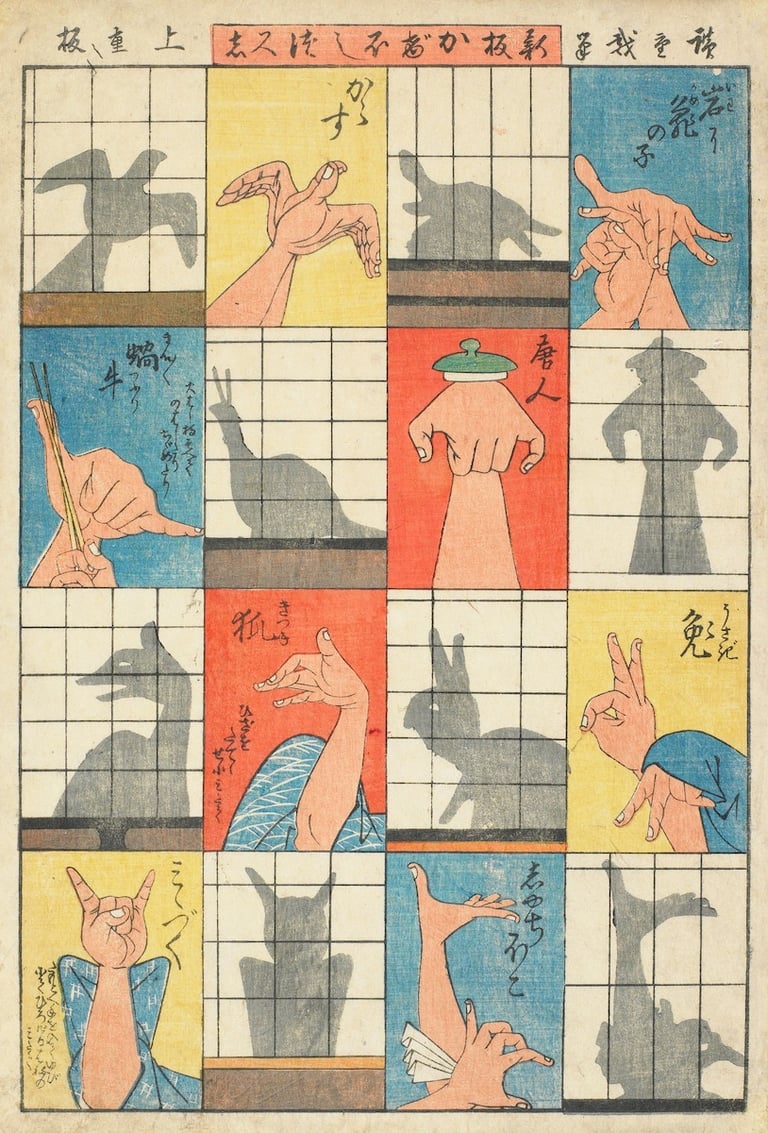

Utagawa Hiroshige, from the series Eight Shadow Figures (c.1842), woodblock print, Minneapolis Institute of Art.
The term kage-e or “shadow pictures” describes a playful genre of Japanese woodblock prints that teach the viewer how to create the silhouettes of animals, figures, and more through shadows they cast. During the Edo period (1603-1868) Japanese buildings were often partitioned into rooms by shoji, sliding screens composed of wood and paper. As these rooms were lit with the gentle glow of oil lamps or flickering candles, the stage was always set for a shadow puppet performance!
Simple creations required no more than one's own hands, while more elaborate imaginings incorporated the whole body and even household objects. Utagawa Hiroshige (1797-1858), best known for his scenes of the Japanese landscape, produced a variety of kage-e during the mid-19th century. These whimsical woodblock prints offer pairs of shadow pictures and the required gestures (complete with pertinent written tips) to bring the trick to life. While it's easy to assume that these shadow pictures were intended for children, in fact they served as a source of entertainment for adults as well. A courtesan might entertain her client with a hopping rabbit, or a slow-moving snail might be just the thing to break the ice with some new friends.
Why leave the fun in the 19th century? Try them for yourself!
Can you cast this shadow?
Use the side arrows to toggle between the shadow picture and the illustrated instructions.
Time to test your skills!

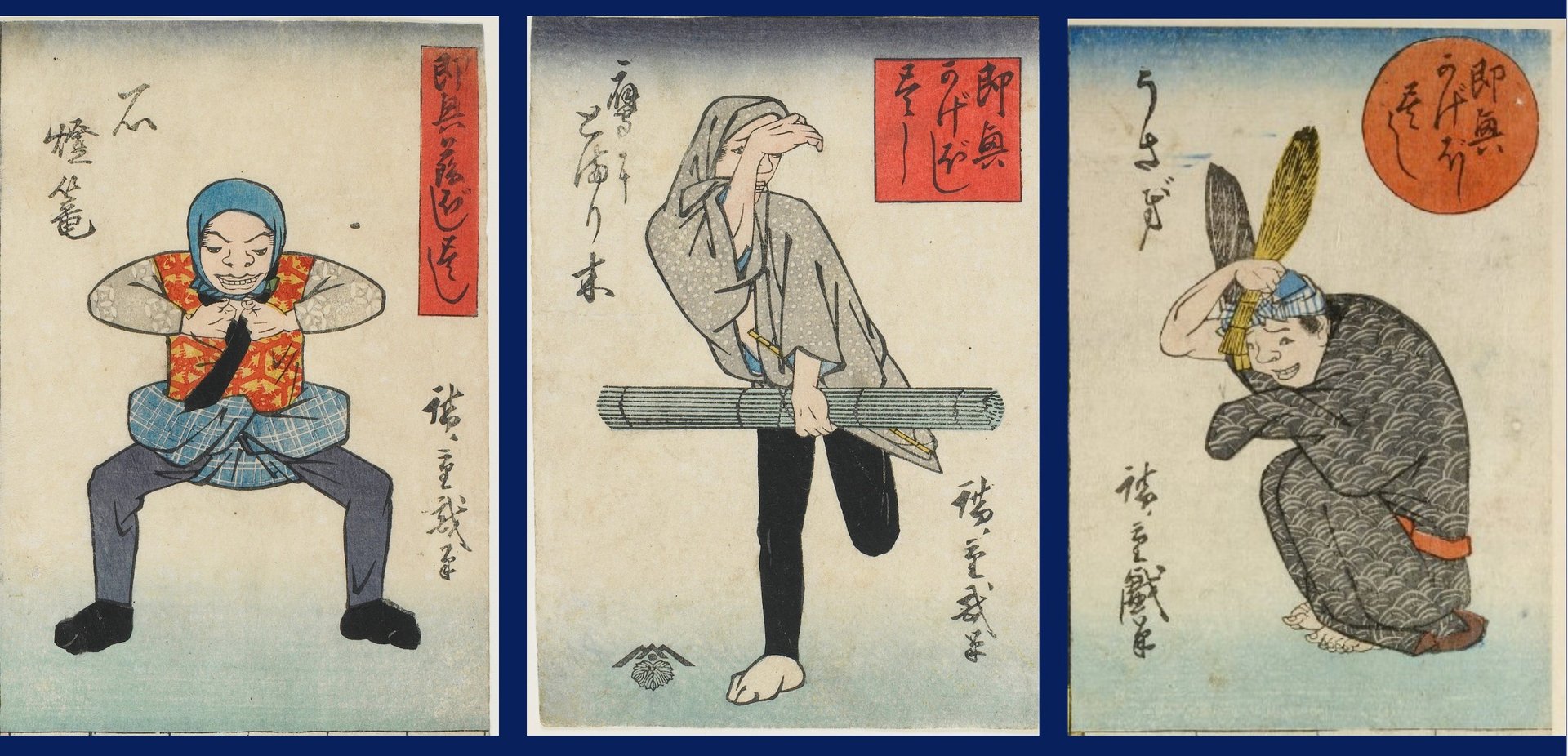
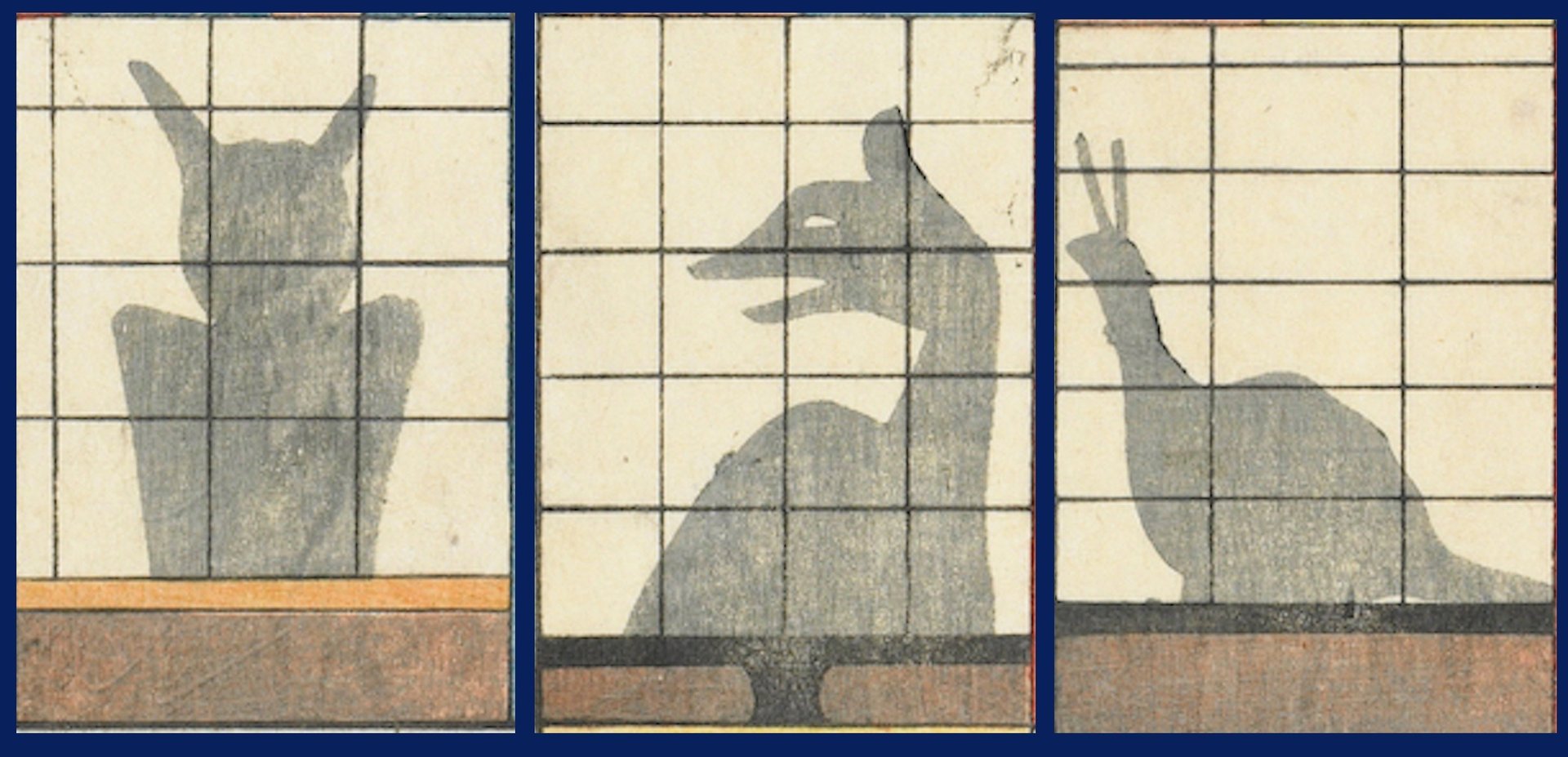
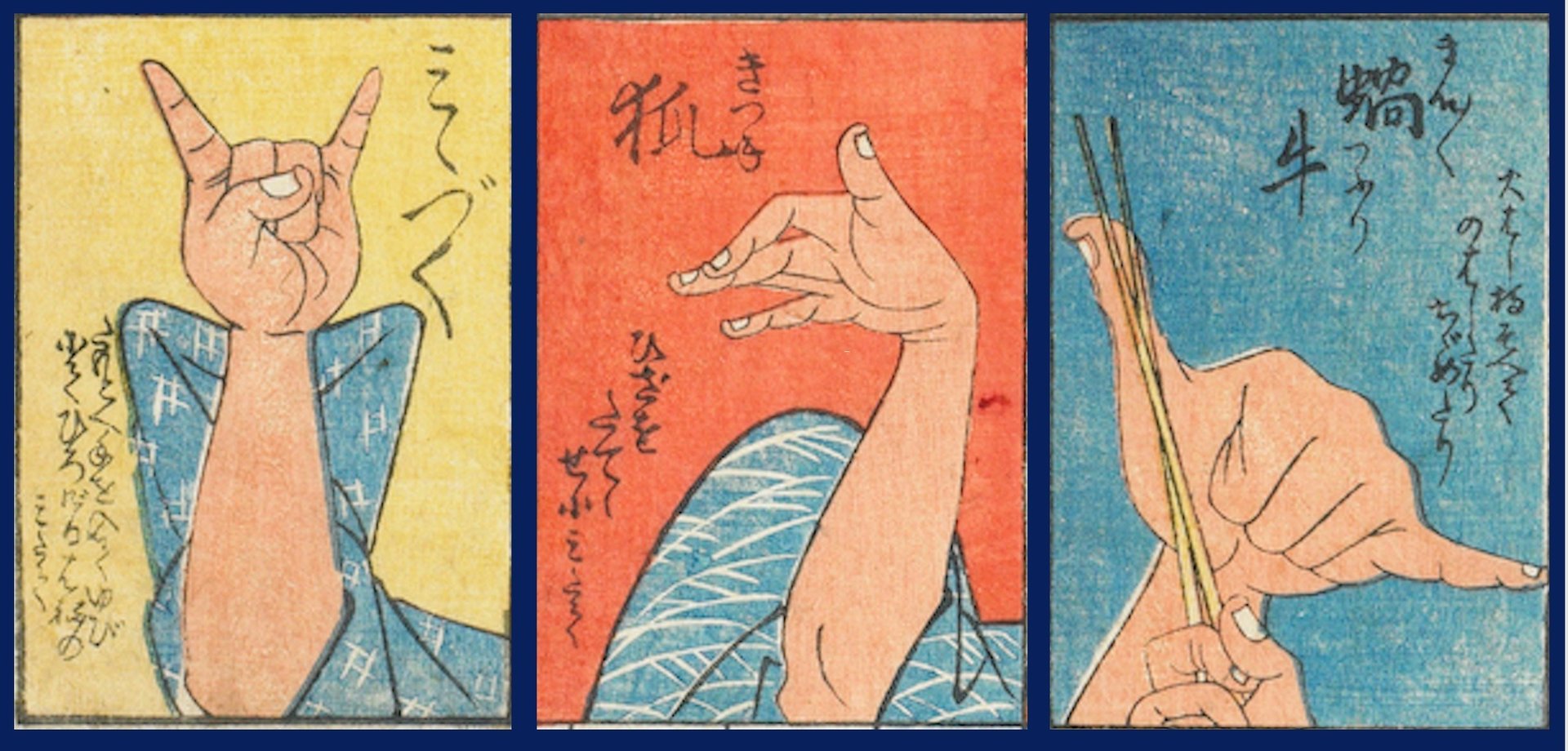
Top images: Utagawa Hiroshige, from the series Eight Shadow Figures (c.1842), woodblock print, Minneapolis Institute of Art.
Bottom images: Utagawa Hiroshige, variety of details from All Kinds of Improvised Silhouettes (c.1841), woodblock print, impressions available in the Minneapolis Institute of Art, the British Museum, and the Honolulu Museum of Art.
Curious to learn more about Japanese woodblock prints? Discover more hidden gems, contemporary connections, and historical context through the blog.

